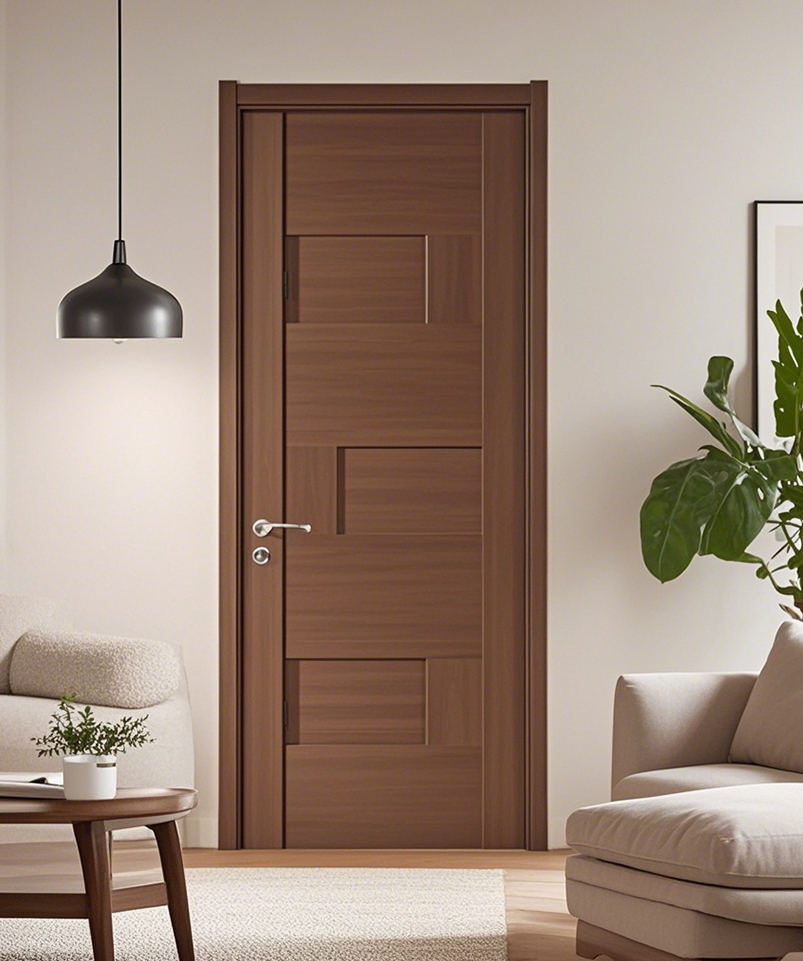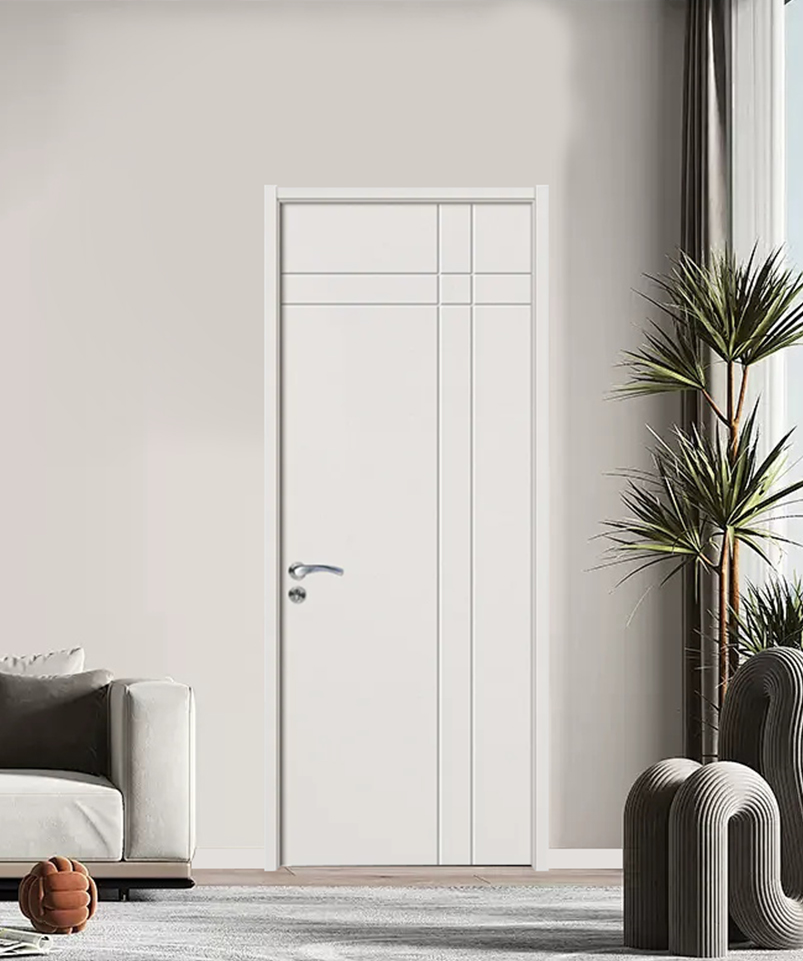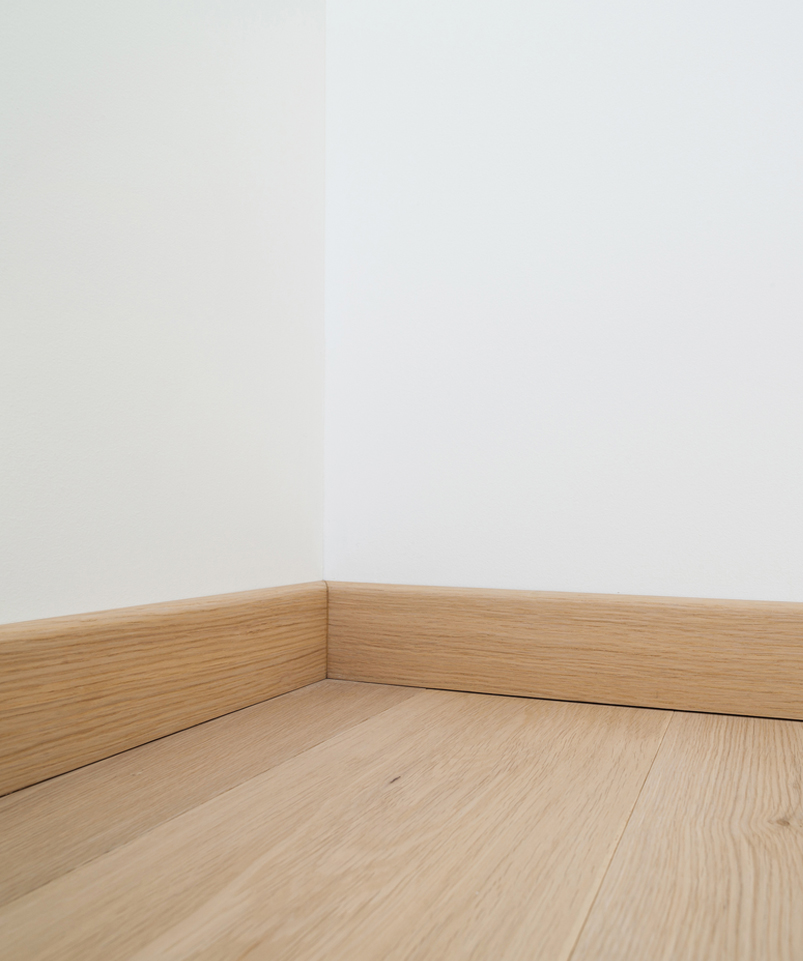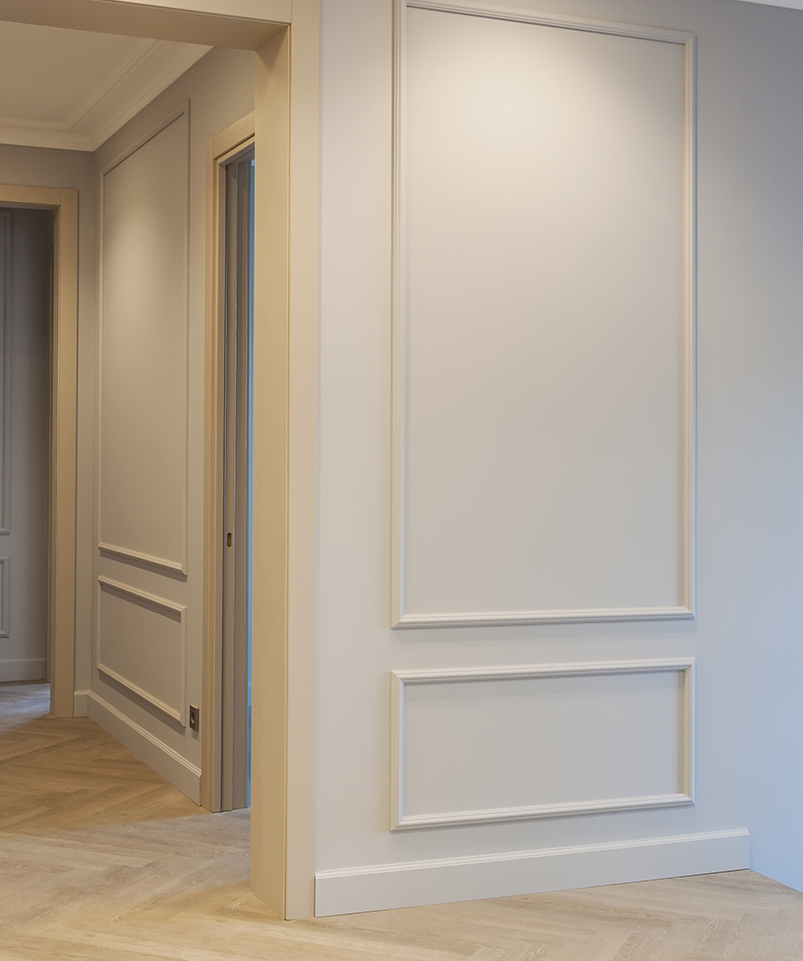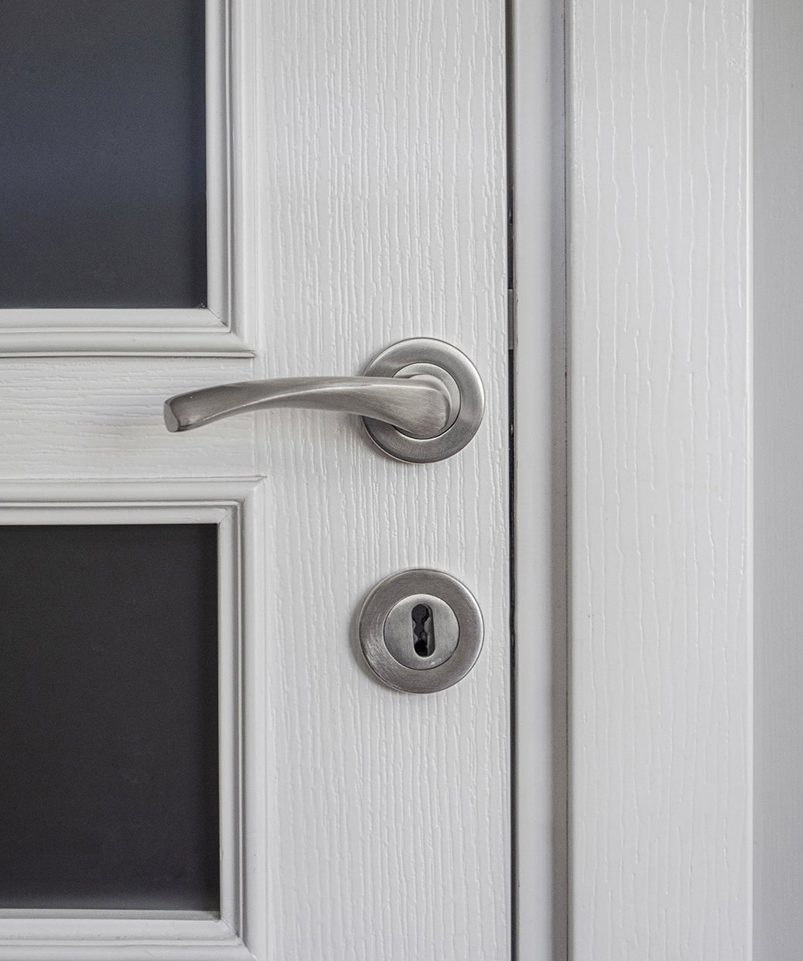WPC Door Factory Transforms Door Production
The architectural materials landscape is experiencing a notable shift as specialized manufacturing facilities dedicated to wood-plastic composite doors introduce groundbreaking production methodologies. These operations harness the unique properties of composite materials to create door systems that effectively bridge the gap between natural wood aesthetics and synthetic material performance. The manufacturing philosophy at an advanced WPC door factory centers on transforming sustainable raw materials into architectural elements that withstand diverse environmental conditions while maintaining visual appeal.
Material science innovation forms the core competency of a progressive WPC door factory. Through sophisticated compounding processes, technicians achieve ideal ratios of wood fibers and polymer matrices that determine the final product characteristics. The extrusion technology employed within a state-of-the-art WPC door factory enables the creation of complex profiles with consistent density and structural integrity. Surface treatment operations utilize advanced embossing and coating techniques that replicate natural wood textures while providing predominant protection against moisture, ultraviolet radiation, and mechanical wear.
The manufacturing environment within a contemporary WPC door factory represents a synergy of automated systems and skilled craftsmanship. Robotic material handling equipment ensures precise movement of components between processing stations, while computer-integrated manufacturing systems maintain exacting production parameters. The finishing line incorporates innovative digital printing technology that applies photorealistic wood grain patterns with remarkable fidelity. Quality assurance protocols employ non-destructive testing methods to verify internal structure and material homogeneity without compromising product integrity.
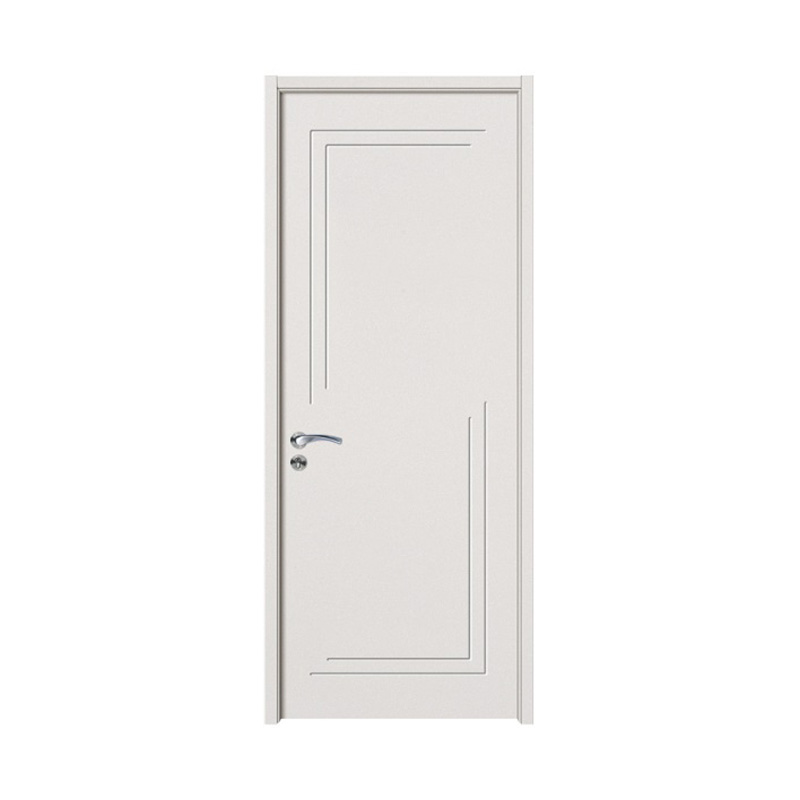
Research and development activities at a pilot WPC door factory explore new frontiers in composite material applications. Laboratory facilities conduct accelerated aging tests that simulate years of environmental exposure within weeks, providing valuable data for product improvement. Acoustic engineering teams work on developing specialized composite formulations that enhance sound insulation properties for specific architectural applications. The design department collaborates with industrial designers and architects to create door systems that address emerging trends in building design and space utilization.
Sustainability initiatives at a modern WPC door factory extend beyond material selection to encompass the entire product lifecycle. Manufacturing byproducts are systematically repurposed through closed-loop recycling systems that reintegrate production waste into the manufacturing stream. Energy management strategies incorporate heat recovery systems that capture thermal energy from processing equipment for facility heating requirements. The development of modular door systems allows for component replacement and refurbishment, significantly extending product service life and reducing resource consumption.
Market adaptation strategies employed by innovative WPC door factory operations demonstrate remarkable responsiveness to evolving construction requirements. Product portfolios now include specialized solutions for high-humidity environments, bad temperature variations, and high-traffic applications. Digital integration enables customers to visualize custom door configurations through augmented reality platforms before manufacturing. Technical support services provide comprehensive documentation covering installation procedures, maintenance requirements, and end-of-life recycling options.
The continuing evolution of WPC door factory capabilities reflects the construction industry's growing appreciation for materials that combine environmental responsibility with technical performance. As building standards increasingly emphasize durability, maintenance efficiency, and lifecycle value, these manufacturing facilities are positioned to supply solutions that address the complex demands of contemporary architecture. The ongoing research into advanced composite formulations and manufacturing techniques suggests that WPC door factory operations will continue to play a significant role in shaping the future of architectural material innovation.

 English
English русский
русский عربى
عربى